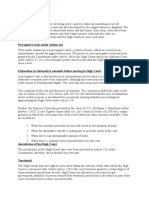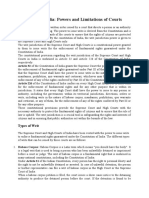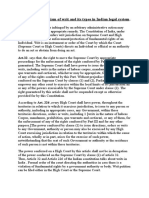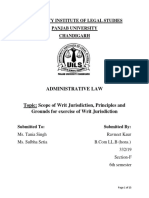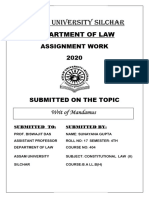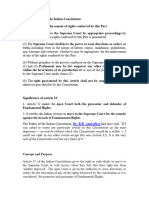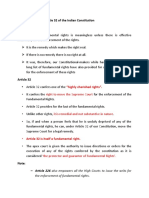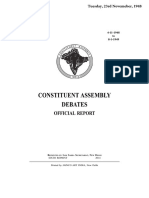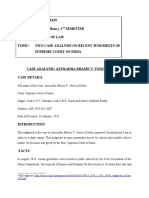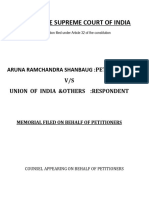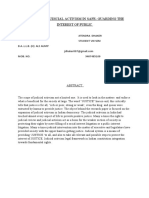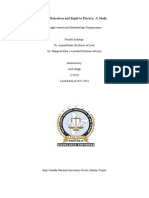0% found this document useful (0 votes)
235 views3 pagesIntroduction
The document outlines the Fundamental Rights enshrined in the Indian Constitution and the mechanisms for their protection through writs. It explains the five types of writs—Habeas Corpus, Mandamus, Quo Warranto, Certiorari, and Prohibition—along with their purposes and conditions for issuance. Additionally, it details who can file a writ petition and where, emphasizing the rights of individuals to seek judicial intervention for violations of their Fundamental Rights.
Uploaded by
kuldeep singhCopyright
© © All Rights Reserved
We take content rights seriously. If you suspect this is your content, claim it here.
Available Formats
Download as DOCX, PDF, TXT or read online on Scribd
0% found this document useful (0 votes)
235 views3 pagesIntroduction
The document outlines the Fundamental Rights enshrined in the Indian Constitution and the mechanisms for their protection through writs. It explains the five types of writs—Habeas Corpus, Mandamus, Quo Warranto, Certiorari, and Prohibition—along with their purposes and conditions for issuance. Additionally, it details who can file a writ petition and where, emphasizing the rights of individuals to seek judicial intervention for violations of their Fundamental Rights.
Uploaded by
kuldeep singhCopyright
© © All Rights Reserved
We take content rights seriously. If you suspect this is your content, claim it here.
Available Formats
Download as DOCX, PDF, TXT or read online on Scribd
/ 3





















